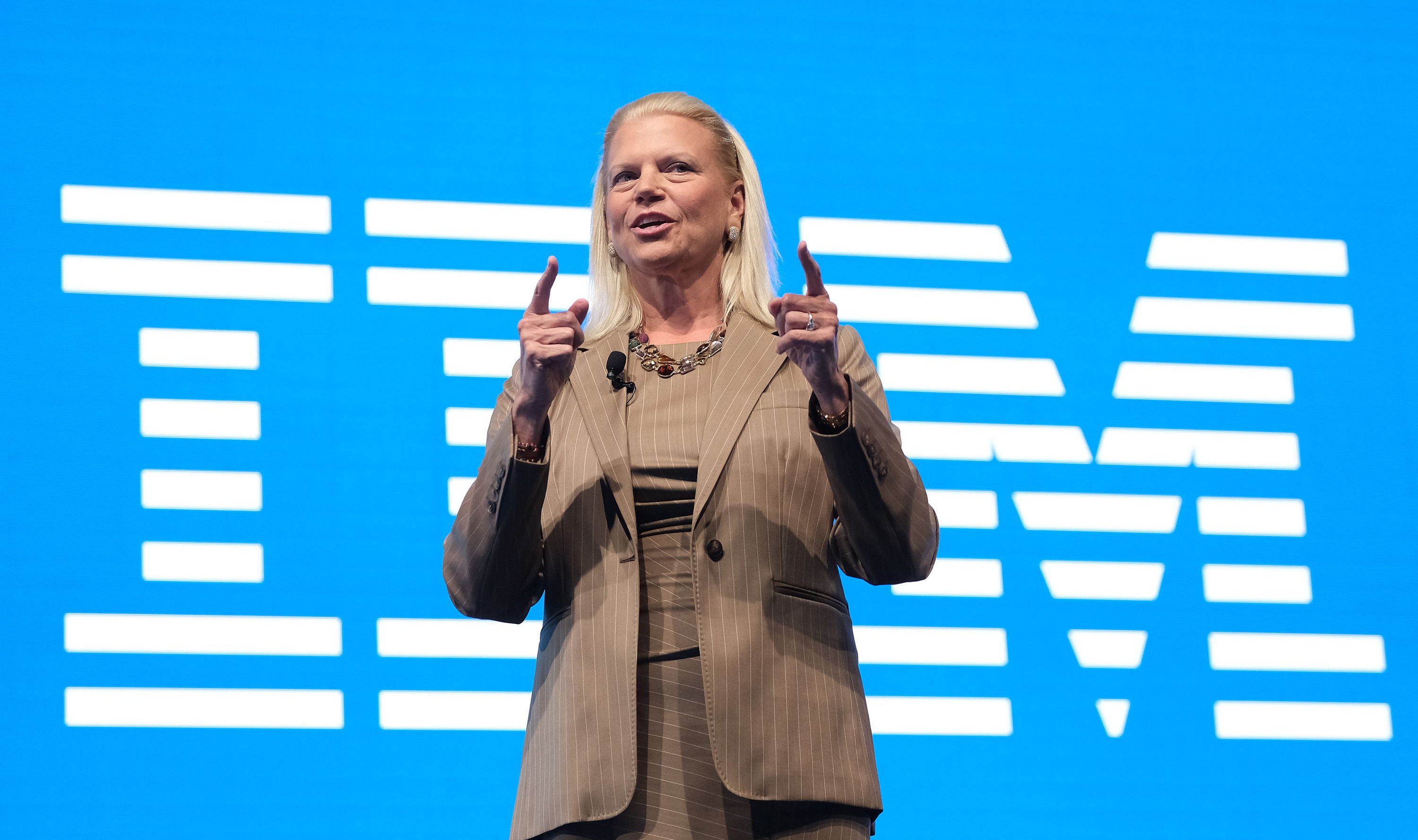
“The ability to democratize data, making it accessible and useful for everyone in an organization, is the key to driving innovation.”
Who he is: Satya Nadella is the driving force behind Microsoft’s transformation into a cloud and AI-focused company. Under his leadership, Microsoft Power BI became one of the most widely used BI tools in the world.
BI Relevance: Nadella emphasizes data democratization ensuring that everyone in an organization can access and interpret data, not just analysts or executives.
Real-World Example: A retail chain uses Power BI dashboards for store managers to track sales trends daily, allowing immediate adjustments to stock and promotions without waiting for a head-office report.

“The next big step for technology is to make sense of information and use it to improve everyday decision-making.”
Who he is: As the CEO of Google, Sundar Pichai has overseen the development of tools like Google Data Studio, BigQuery, and Looker — platforms designed to help businesses analyze massive datasets.
BI Relevance: Pichai points to the interpretation of data as the critical next step in tech — which is exactly what BI professionals do.
Real-World Example: An e-commerce site uses Google Looker to analyze customer journeys, identifying high-drop-off pages and making design changes to increase conversion rates.

“Organizations that can effectively harness and interpret their data will lead the market in the coming decade.”
Who he is: Bernard Marr is a globally recognized futurist and author specializing in data strategy and AI.
BI Relevance: Marr’s insight is a wake-up call — companies that fail to embrace BI risk falling behind their competitors.
Real-World Example: A logistics company leverages BI to analyze delivery routes, cutting fuel costs by 20% and speeding up deliveries.

“Some people call this big data. I call it big opportunity.”
Who she is: Ginni Rometty led IBM through its transition into data analytics, AI, and cloud services.
BI Relevance: BI transforms overwhelming data volumes into strategic opportunities.
Real-World Example: A healthcare network uses BI to track patient readmission rates, designing targeted follow-up programs that improve recovery outcomes.

“Data is not the new oil. It’s the new soil.”
Who he is: Author of Infonomics, Laney is a pioneer in the concept of treating data as a business asset.
BI Relevance: Like fertile soil, BI cultivates raw data into valuable business growth.
Real-World Example: A manufacturing firm uses BI to monitor equipment performance, preventing breakdowns and saving millions in downtime.

“Data is a precious thing and will last longer than the systems themselves.”
Who he is: The creator of the internet as we know it.
BI Relevance: BI ensures that this “precious” data is used effectively before platforms and tools inevitably change.
Real-World Example: A financial services company stores and analyzes decades of transaction data to detect fraud patterns.

“What’s dangerous is not to evolve.”
Who he is: Jeff Bezos built Amazon into the world’s largest online retailer, powered by advanced data analytics.
BI Relevance: BI is a key enabler for business evolution and staying ahead of market shifts.
Real-World Example: Amazon uses BI to recommend products based on browsing and purchase history — a model every e-commerce business can learn from.

“In the digital age, data is the raw material that fuels innovation.”
Who he is: Narayen turned Adobe into a leader in digital experience solutions.
BI Relevance: BI transforms raw data into actionable innovation strategies.
Real-World Example: Marketing teams use BI to track campaign performance in real time, shifting budgets to the best-performing ads.

“Every company has big data in its future, and every company will eventually be in the data business.”
Who he is: Davenport is a thought leader in analytics and data-driven management.
BI Relevance: BI is the bridge between “having data” and “being in the data business.”
Real-World Example: A telecom company uses BI to forecast customer churn and launch targeted retention campaigns.

“I think it’s very important to have a feedback loop, where you’re constantly thinking about what you’ve done and how you could be doing it better.”
Who he is: Musk leads companies where data-driven decision-making is crucial.
BI Relevance: BI creates this feedback loop by continuously monitoring performance and suggesting improvements.
Real-World Example: Tesla uses BI to monitor vehicle performance data, pushing over-the-air updates for better efficiency.

“You can’t manage what you can’t measure.”
Who he is: Dell pioneered personalized computing solutions and large-scale enterprise systems.
BI Relevance: Measurement through BI is the foundation of effective business management.
Real-World Example: An IT services firm uses BI to measure project delivery times, reducing delays by 15%.

“With data collection, ‘the sooner the better’ is always the best answer.”
Who she is: Mayer is known for her work at Google and Yahoo, leading data-driven product development.
BI Relevance: Timely data collection is essential for BI effectiveness.
Real-World Example: A news website uses BI to track trending topics, enabling faster content publishing.

“When you innovate, you’ve got to be prepared for everyone telling you you’re nuts.”
Who he is: Ellison built Oracle into a global leader in databases and enterprise software.
BI Relevance: Innovating with BI often means adopting data strategies before they’re widely accepted.
Real-World Example: Early adopters of BI in agriculture now use predictive analytics to improve crop yields.